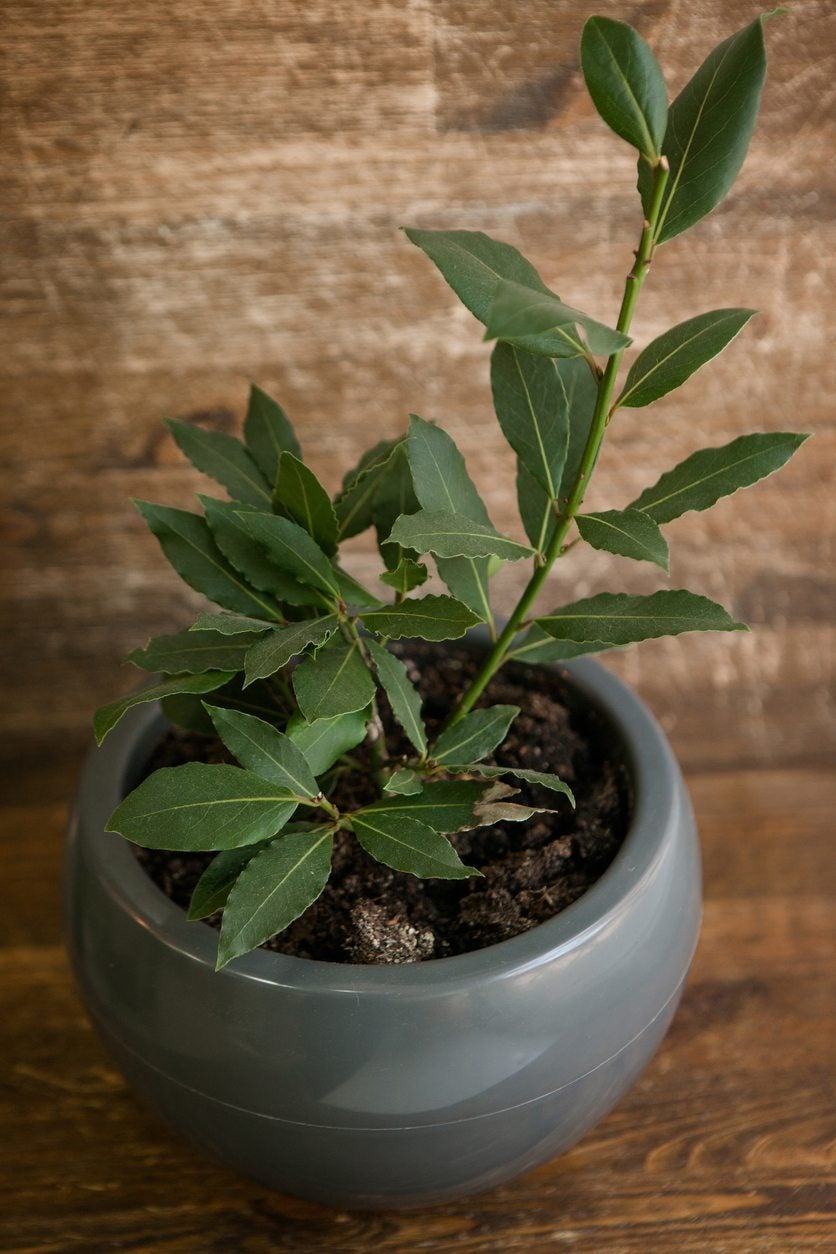Bay Tree Propagation Methods – Tips For Propagating Bay Trees


Bay trees are lovely plants to have around. They grow well in containers and can be pruned very attractively. On top of that, they’re the source of the ever-popular bay leaves that are so ubiquitous in recipes. How do you grow more bay trees from the one you already have? Keep reading to learn more about bay tree reproduction and how to propagate bay trees.
Propagating Bay Trees from Seed
Bay trees are dioecious, which means a male and female plant are both necessary to produce viable seeds. These seeds will form only on the female plant when its small yellow flowers give way in autumn to small, dark purple, egg-shaped berries. Each berry has a single seed inside. Remove the flesh of the berry and plant the seed right away.
If you don’t plant the seeds immediately, or if you buy dried seeds, soak them in warm water 24 hours before planting them. Sow the seeds under a thin layer of moist growing medium. Keep the medium moist and warm, at around 70 degrees F. (21 C.). The seeds can take anywhere between ten days and six months to germinate.
Propagating Bay Trees from Cuttings
Bay tree cuttings are best taken in midsummer, when the new growth is half ripe. Cut a 6 inch (15 cm.) length from the end of a stem and remove all but the top couple leaves.
Stick the cutting in a pot of good growing medium (Note: you may dip the end in rooting hormone first, if desired.) and keep it moist and out of direct sunlight. Rooting isn’t always successful and may take months.
How to Propagate Bay Trees by Layering
Air layering takes longer than propagating from cuttings, but it also has a higher success rate. Choose a healthy, long stem that’s one to two years old, remove all offshoots, and cut into a bud. Apply rooting hormone to the wound and wrap it in moist sphagnum moss, held in place by plastic. Roots should eventually start to grow into the moss.
Sign up for the Gardening Know How newsletter today and receive a free copy of our e-book "How to Grow Delicious Tomatoes".

The only child of a horticulturist and an English teacher, Liz Baessler was destined to become a gardening editor. She has been with Gardening Know how since 2015, and a Senior Editor since 2020. She holds a BA in English from Brandeis University and an MA in English from the University of Geneva, Switzerland. After years of gardening in containers and community garden plots, she finally has a backyard of her own, which she is systematically filling with vegetables and flowers.